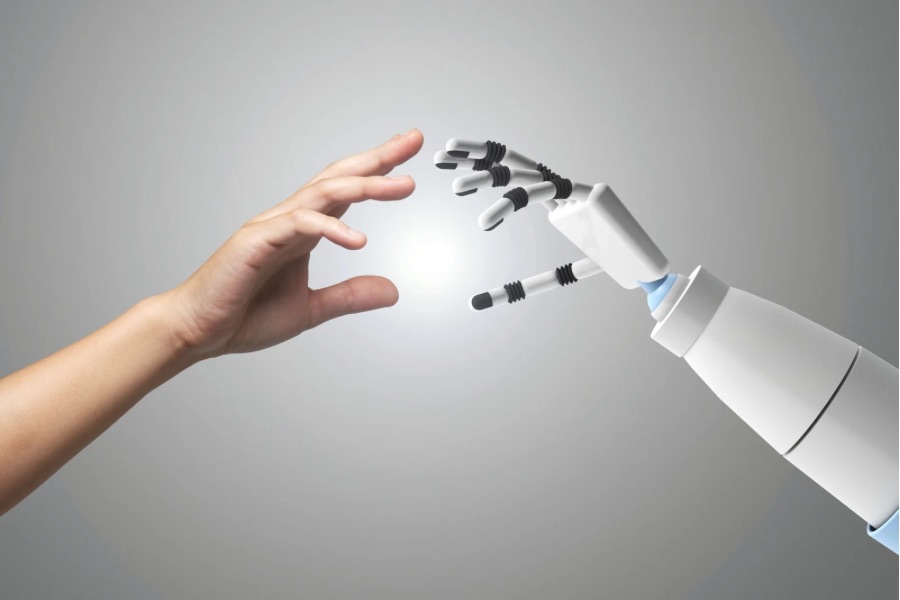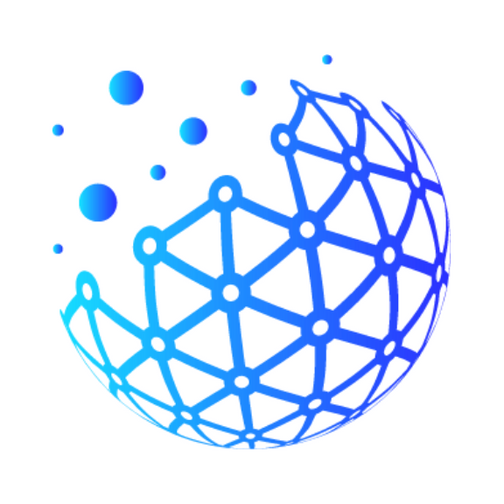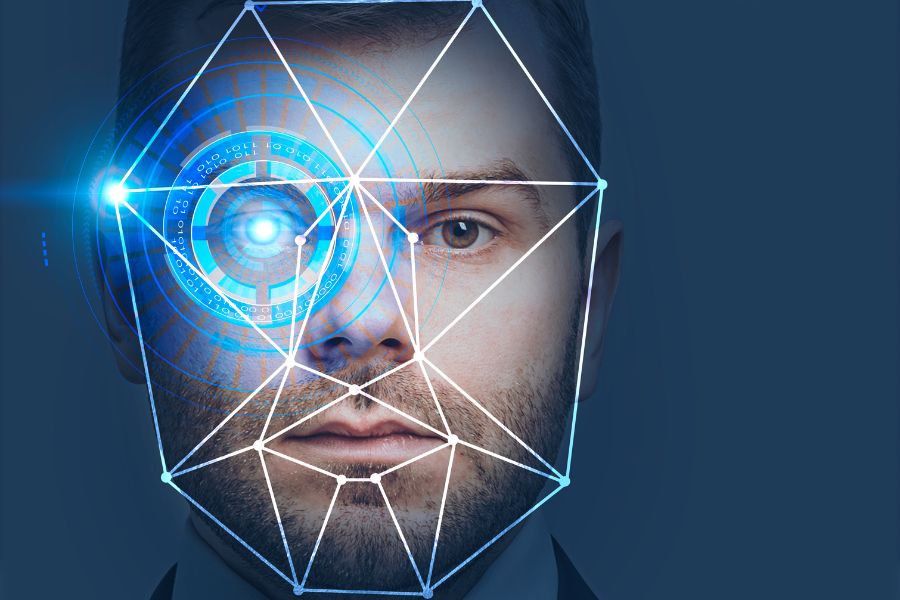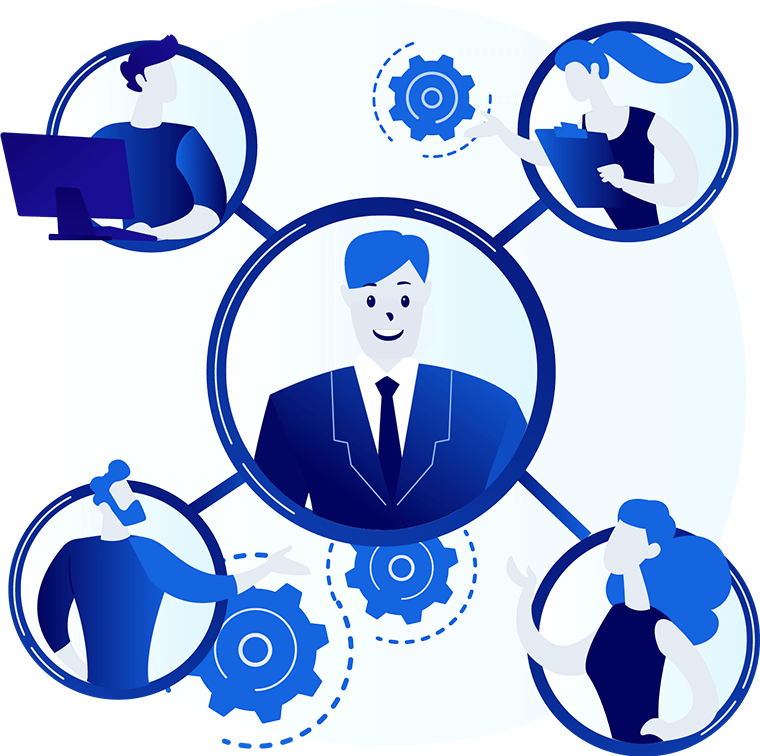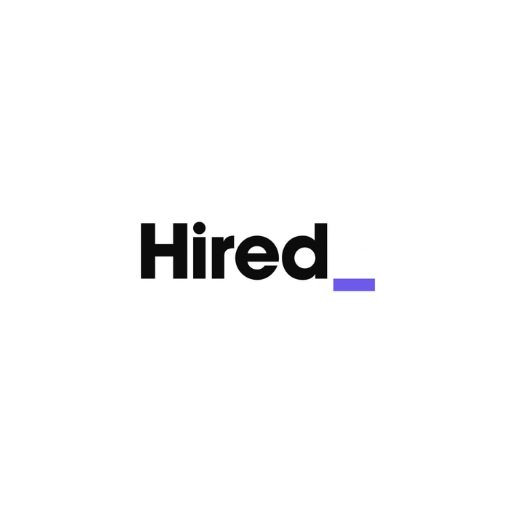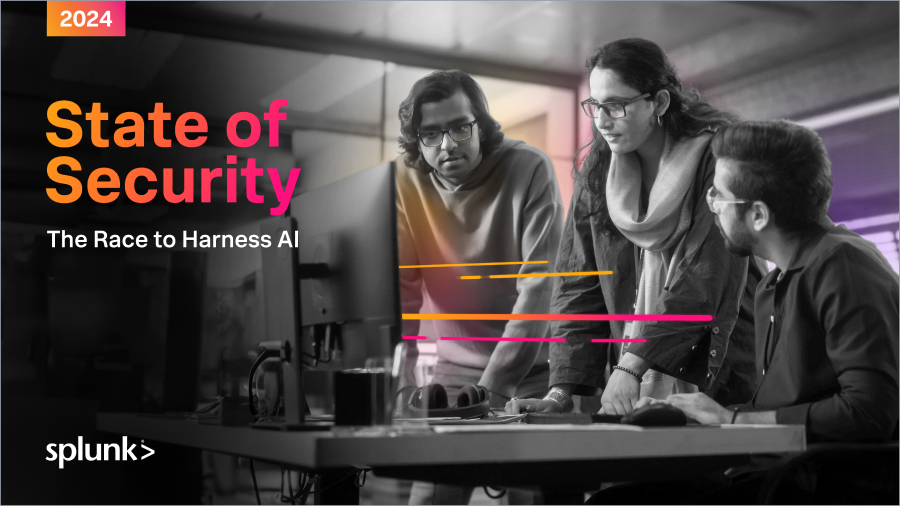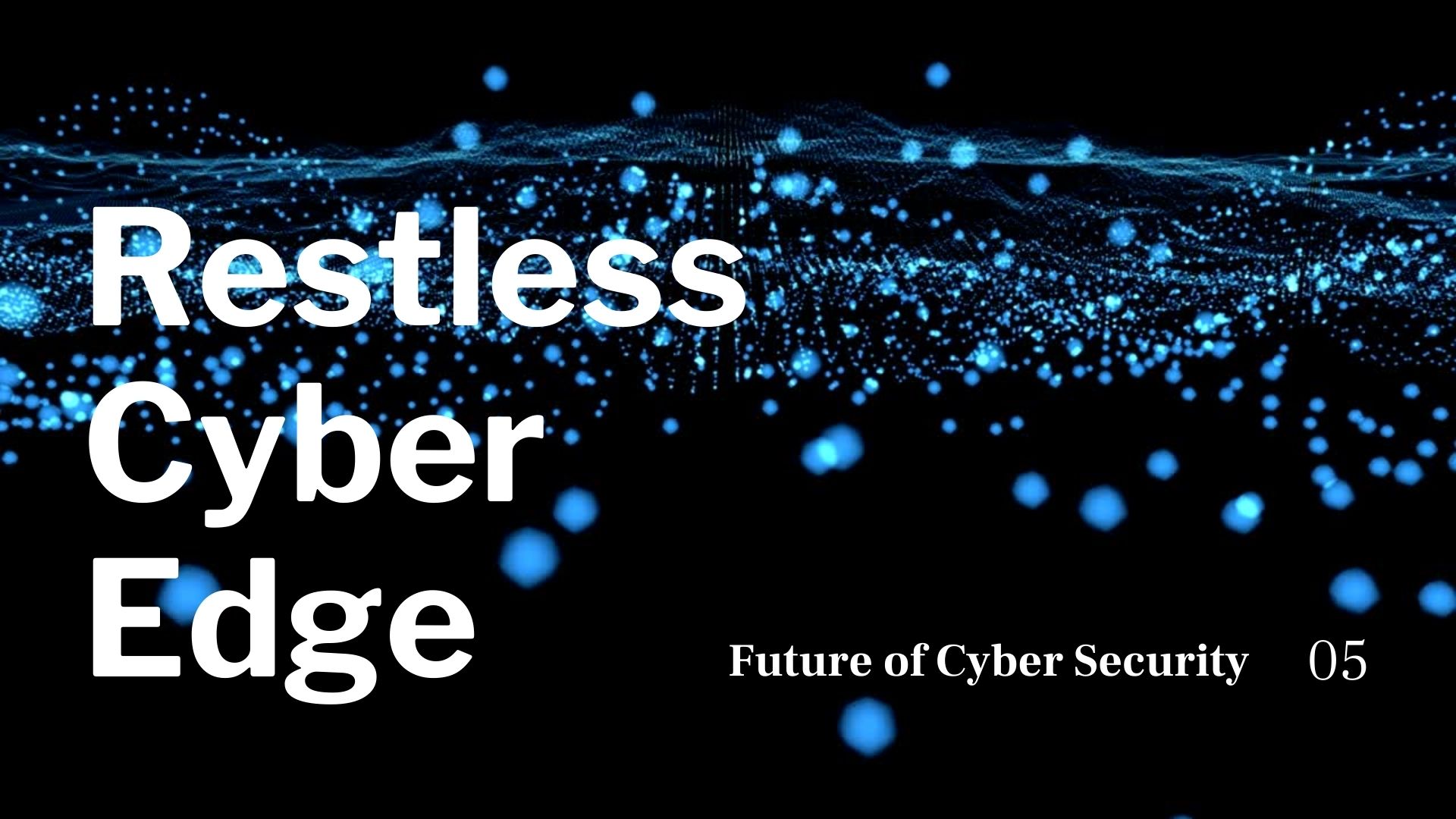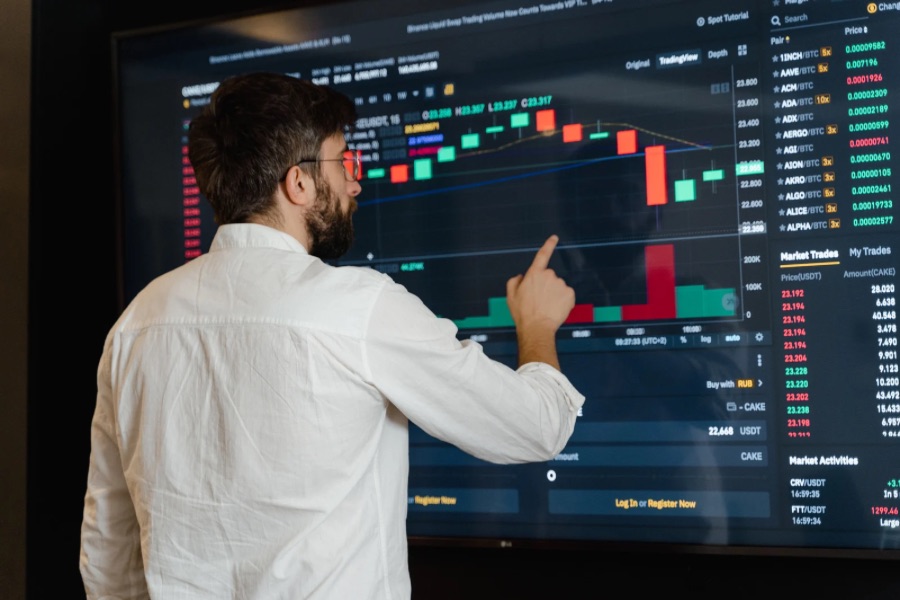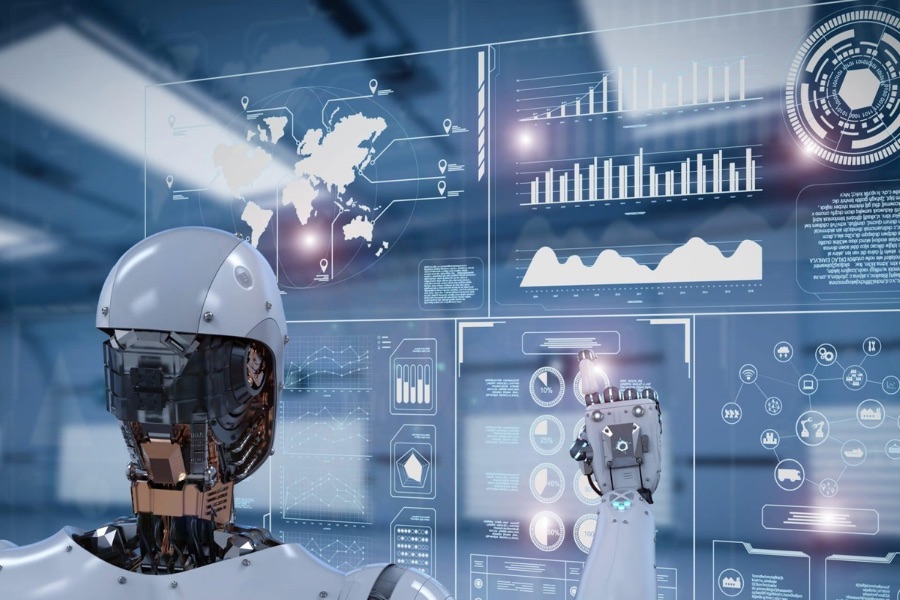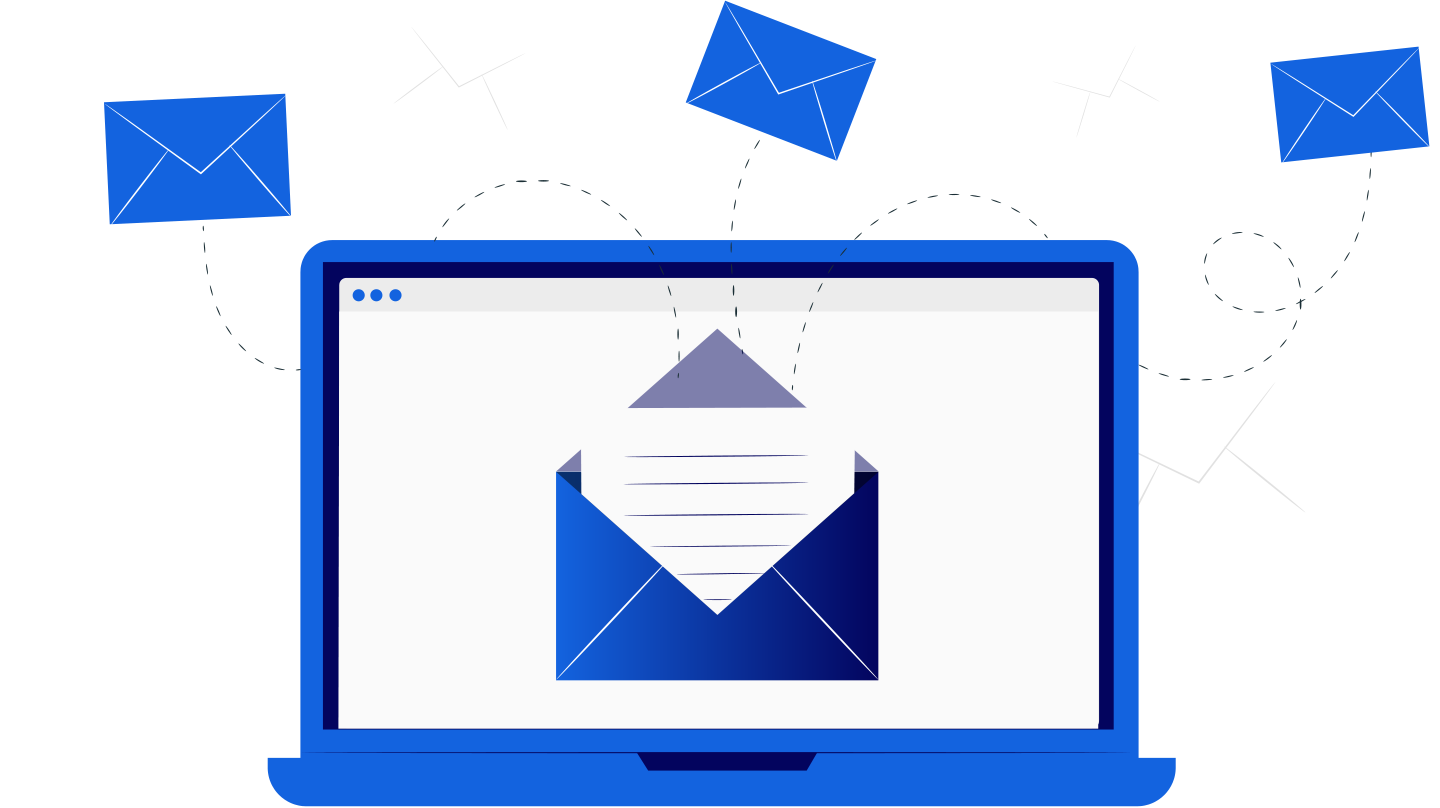Cybersecurity marketing is complex: long sales cycles, multi-stakeholder buying groups, and technical content under strict scrutiny. Manual workflows can’t keep up. This guide shows how AI marketing automation helps you eliminate bottlenecks, personalize engagement, and make smarter, data-driven decisions to grow pipeline and prove ROI.
What is AI Marketing Automation?
AI marketing automation uses artificial intelligence to manage, optimize, and personalize marketing processes that were once manual. Unlike traditional automation (static rules and schedules), AI-driven automation learns from behavior, predicts outcomes, and adapts in real time. For cybersecurity teams, that means less manual effort and higher campaign precision across complex journeys.
- Traditional automation: pre-set workflows, basic triggers, limited personalization.
- AI-driven automation: predictive personalization, smart analytics, adaptive journeys that improve continuously.
Why Cybersecurity Marketers Need AI Automation
1. Long Sales Cycles & Complex Buyer Journeys
Deals often involve CISOs, security architects, IT managers, and compliance leads. AI helps deliver timely, persona-specific content and follow-ups that keep momentum without manual chasing.
So, you get to manage everything better with less effort.
2. Overload of Technical Content
Products like SIEM, EDR, and XDR require deep explanations. AI assists by repurposing complex assets into short posts, explainers, and one-pagers for both exec and practitioner audiences—at scale.
No more of trying to crack the code on what all of these might mean and/or entail.
3. Pressure to Prove ROI
Budgets face scrutiny. AI analytics improve attribution across touchpoints, making it easier to connect campaigns to pipeline and revenue.
Key Benefits of AI Marketing Automation in Cybersecurity
- Efficiency: Automate repetitive tasks like email scheduling, reporting, and lead scoring.
- Hyper-personalization: Tailor messaging for CISOs vs. engineers with predictive segments.
- Better nurturing: Score, qualify, and route high-intent leads to sales automatically.
- Data-driven decisions: Use predictive analytics to allocate budget and prioritize channels.
Step-by-Step Playbook to Implement AI Marketing Automation
1) — Audit Your Marketing Workflows
Map email sequences, content production, social posting, and reporting. Identify bottlenecks where manual work slows execution.
2) — Choose AI-Powered Tools
Shortlist platforms with robust AI features and integrations (e.g., HubSpot AI, Salesforce Einstein, Marketo Engage, CDPs with predictive models). Ensure compatibility with your CRM, MAP, webinar, and analytics stack.
3) — Automate Email & Lead Nurturing
- Use AI to test and optimize subject lines and send times.
- Build adaptive drips that change based on persona, behavior, and intent signals.
- Implement predictive lead scoring to surface sales-ready accounts.
4) — Scale Social Media with AI
- Predict best posting times and formats per channel.
- Run sentiment analysis to monitor trust and brand perception.
- Repurpose long-form content into short, platform-native posts programmatically.
5) — Use AI Analytics for Smarter Decisions
- Adopt multi-touch attribution to reflect long B2B cycles.
- Use predictive models to forecast pipeline and optimize budget mix.
- Automate dashboards for campaign, cohort, and funnel insights.
Balancing Automation with Authentic Engagement
Over-automation feels robotic—especially in a trust-centric category like cybersecurity. Automate the process, not the relationship. Keep CTAs human, use storytelling in case studies, and add live touchpoints (AMAs, demos, workshops).
The Future of AI in Cybersecurity Marketing
- AI chatbots for B2B qualification: Handle early questions and route serious buyers to sales.
- Predictive content engines: Serve the right asset to the right persona at the right time.
- Personalized video at scale: Auto-generated intros for ABM targets.
- Regulatory impact: GDPR and AI Act will shape data use and model transparency—plan governance early.
Final Thoughts
AI marketing automation is now essential for cybersecurity marketers as we have explained in detail above. It drives efficiency, precision, and measurable ROI across complex journeys.
The most important part is that it does it easily. A task that might take you hours takes AI about 1.3 seconds. This doesn’t necessarily mean you are trading quality over efficiency. Because some tasks are labor. They don’t require a lot of consciousness or attention but rather needs someone to give it the time and do it. You don’t have to deal with that anymore! Let the smart robot handle all of that.
Start small—automate one workflow, measure impact, then expand to adjacent processes.

